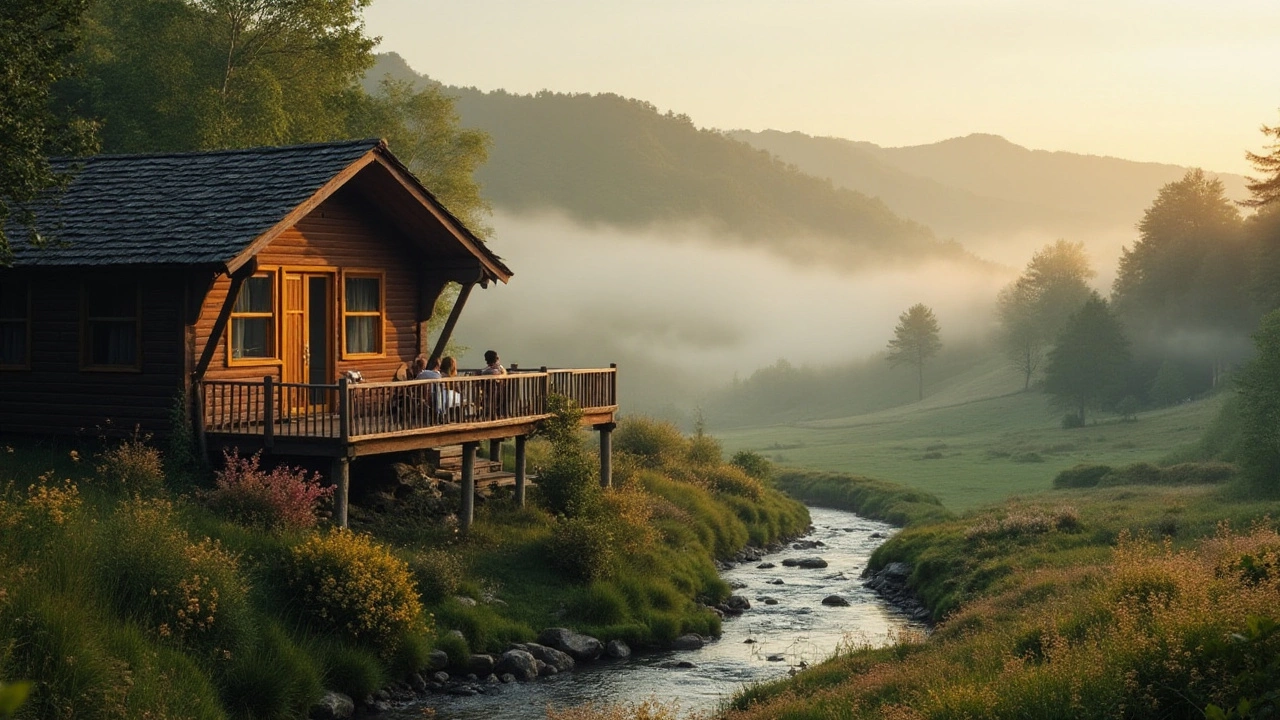Cabin Investment: How to Turn a Cozy Getaway into a Smart Money Move
If you love the idea of a cabin tucked in the woods, you might also love the idea of it paying you back. A cabin isn’t just a place to escape; it can be a solid investment that adds to your portfolio. In this guide we’ll break down why cabins are a hot pick, what to watch out for, and the exact steps to make your cabin work for you.
Why Cabins Are Hot Investment Picks
First off, cabins sit at the sweet spot between a holiday home and a rental property. Travelers crave authentic, nature‑filled stays, and cabins deliver that vibe without the high price tag of a city hotel. Because demand for rural getaways spikes especially in holiday seasons, occupancy rates can be surprisingly high.
Second, the entry cost is usually lower than a full‑blown hotel or a large house. That means you can get into the market quicker and still have room to grow. In regions like Lancashire, where the countryside attracts city‑folk for weekend breaks, cabin prices have held steady while rental income has risen.
Lastly, cabins often come with lower ongoing expenses. A small property means lower utilities, simpler maintenance, and fewer staff needs. Those savings translate straight into better cash flow.
Steps to Make a Successful Cabin Investment
1. Research the local market. Look at occupancy trends, average nightly rates, and competition. Talk to local agents, check online rental platforms, and visit a few cabins to see what guests love.
2. Pick the right location. Proximity to attractions—like walking trails, lakes, or historic towns—boosts appeal. Easy road access and good mobile coverage are also big pluses for guests.
3. Crunch the numbers. Calculate the purchase price, renovation costs, ongoing maintenance, taxes, and insurance. Then estimate realistic rental income. Aim for a net yield of at least 6‑8% after expenses.
4. Plan renovations wisely. Focus on upgrades that guests notice: a hot tub, high‑speed Wi‑Fi, a well‑equipped kitchen, and comfortable bedding. Small touches like fire‑proof logs for a wood‑burning stove can raise nightly rates without breaking the bank.
5. Set up professional management. If you can’t be on‑site all the time, hire a local manager or use a vacation‑rental service. They handle bookings, cleaning, and guest communication, keeping your cabin occupied and your reviews positive.
6. Market with authenticity. Use high‑quality photos that showcase the view, the interior, and any unique features. Write a description that speaks to the feeling of waking up to fresh air, not just the number of rooms.
Following these steps helps you avoid common pitfalls—like over‑paying for a property with hidden repair costs or under‑pricing your rental. Remember, the goal isn’t just to own a pretty cabin; it’s to make it work for you financially.
Ready to start? Grab a notebook, list the areas you love, and begin scouting for cabins that fit both your heart and your budget. With the right approach, your cabin can become a source of steady income and a personal sanctuary—all at the same time.

Is Investing in Romantic Vacation Cabins a Wise Choice?
With the rising trend of cozy, romantic getaways, vacation cabins have become a popular choice among couples seeking a retreat in nature. This article delves into the worthiness of investing in romantic cabins, considering factors such as location, amenities, and rental potential. Discover what makes these secluded cottages so appealing and if they are a good investment. Gain insights into how vacation cabins can offer both romantic experiences and financial returns.
Continue Reading